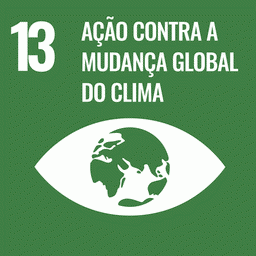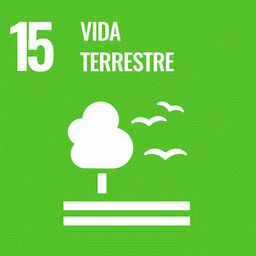Approximately 2.5 × 10⁶ square kilometers of the Amazon forest are currently degraded by fire, edge effects, timber extraction, and/or extreme drought, representing 38% of all remaining forests in the region. Carbon emissions from this degradation total up to 0.2 petagrams of carbon per year (Pg C year−1), which is equivalent to, if not greater than, the emissions from Amazon deforestation (0.06 to 0.21 Pg C year−1). Amazon forest degradation can reduce dry-season evapotranspiration by up to 34% and cause as much biodiversity loss as deforestation in human-modified landscapes, generating uneven socioeconomic burdens, mainly to forest dwellers. Projections indicate that degradation will remain a dominant source of carbon emissions independent of deforestation rates. Policies to tackle degradation should be integrated with efforts to curb deforestation and complemented with innovative measures addressing the disturbances that degrade the Amazon forest.
The commercial fishing sector in the regional economy of the Brazilian Amazon
The purpose of this study was to determine the magnitude of the fisheries sector along the Amazon River in Brazil. Total income and employment were estimated for the principal activities comprising the fisheries sector: fish processing plants, stores selling...

